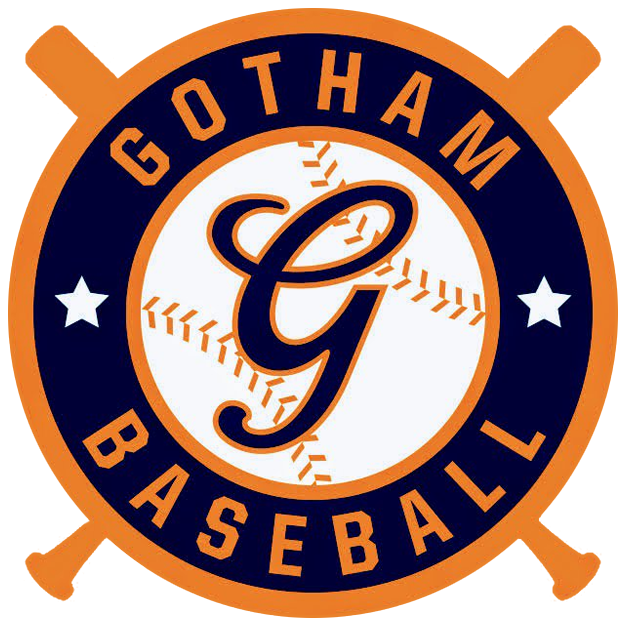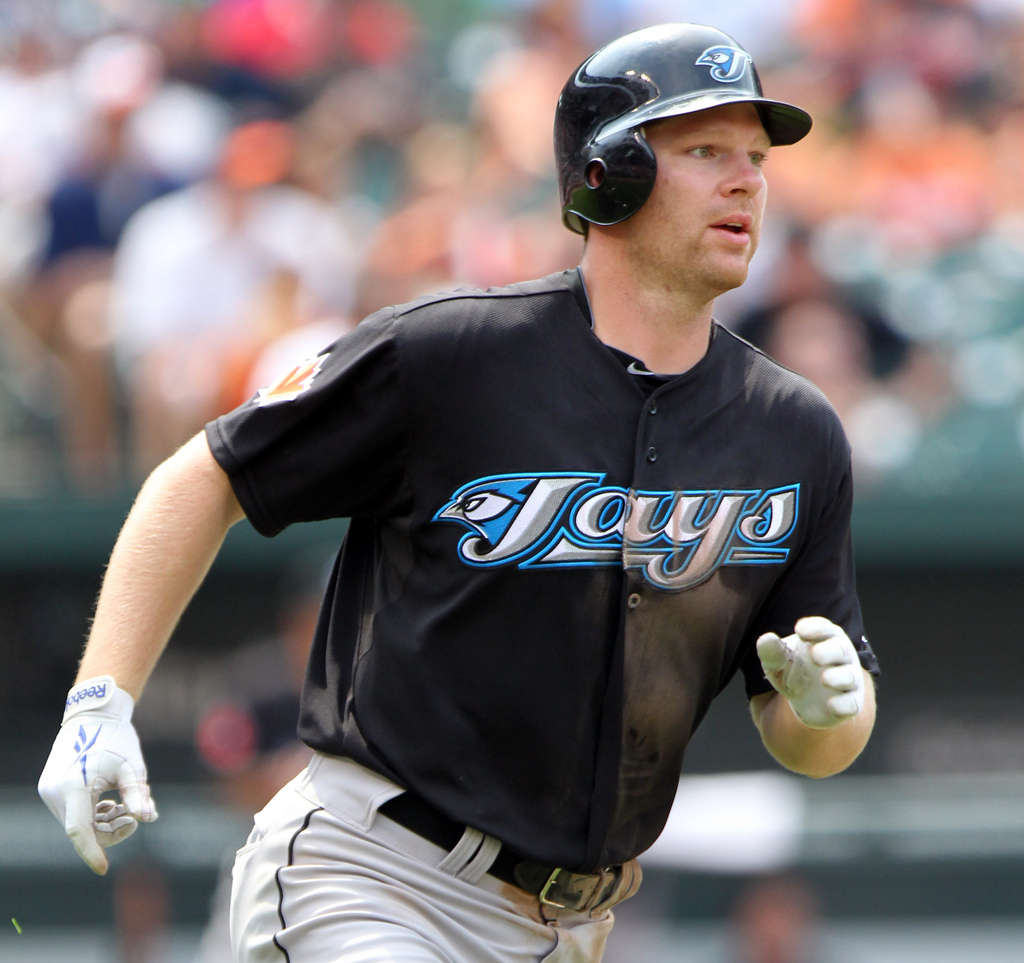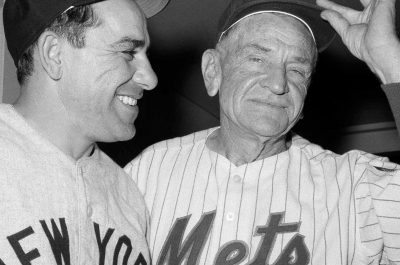At first glance, none of it really makes sense. Why would the Yankees sign a 34-year-old first baseman and, maybe, an emergency corner outfielder to a minor league deal with an invite to big league camp when there are so many other in-house options? Greg Bird is entrenched at first base. Tyler Austin could be a capable backup. The outfield is loaded, so much so that the fifth outfielder, Jacoby Ellsbury, will be making $21 million this year.
At first glance, Adam Lind looks like a really odd fit for the youthful Yankees’ offense. He is a left-handed hitter. That doesn’t give him any platoon options with Bird, Gardner, and Ellsbury all hitting from the left side. Defensively, he hasn’t posted a plus defensive runs saved mark at first base since 2015. And, he hasn’t done so in the outfield since 2007. The outfield won’t even be an option with the Yankees. With other free agents still remaining on the market, Adam Lind, a left-handed hitting first base/designated hitter type, seems to be a curious choice.
It’s the second glance that gives an indication of why Brian Cashman brought the 12-year veteran in on what is essentially a free look. Despite not having name brand appeal, Adam Lind has been a consistent hitter throughout his career. While he had a down season in 2016 with the Mariners (.239/.286/.431), he still managed to hit 20 home runs, topping that mark for the 6th time in his career. Since becoming a regular for the Blue Jays in 2009, Lind has posted an average season of .273/.333/.470 with 25 doubles, 20 home runs, 40 walks and 90 strikeouts. Even that is a bit deceiving as his disastrous 2016 season along with his injury-shortened 2012 (93 games) and 2014 (96 games) seasons are factored in.
Last season, Lind filled a bench role for the Washington Nationals, appearing in 116 games and accumulating 301 plate appearances. Playing first base and some left field, Lind hit .303/.362/.513 with 14 doubles and 14 home runs. He even showed an ability to pinch hit, as his .356/.396/.644 line with 4 home runs in 48 plate appearances indicate. And, even in his age 33 season, Lind didn’t have a discernible split against left-handed pitching. While his career splits clearly show a lack of production against southpaws, his matchups in 2017 were successful.
There’s also a lot to like about his consistent approach and success rate at the plate. Since 2014, he has made contact with pitches thrown in the strike zone at over 89 percent. And while his tough 2016 season showed increased swinging, he bounced back to career norms in 2017, showing the patience that leads to a career 8 percent walk rate and 18 percent strikeout rate. His ability to hit to all fields hasn’t changed as he has aged either, staying with a consistent 35 percent pull rate and a 39 percent center rate. And, Lind has produced an on-base percentage of at least .357 in four of the past five seasons. On top of that, Adam Lind, the pinch hitter, is a career .324/.391/.568 hitter in 156 pinch-hit appearances.
All of that consistency didn’t net Lind a Major League deal. That’s hardly surprising given this market. But, what, exactly, does Lind bring to the 2018 Yankees? Right now, that’s tough to figure out. Jacoby Ellsbury is dealing with an oblique pull but is expected back shortly. Tyler Austin is healthy too. Lind has two out clauses in his contract. He could exercise the first one at the end of spring training. Or, he could stick around in the minors for a month to see if injuries or Bird’s assumed rise to superstardom and reliability don’t go according to plan.
But, why not a bench role for the veteran? Yes, the Yankees are stocked at his positions. But, one of the qualities of a championship team–look at the past two–is a deep bench with parts that can produce when needed. Lind has proven that already. Bird still hasn’t proven to stay healthy for a season. Yes, that’s anecdotal, but until he actually plays in 140+ games, that still demands some attention. Giancarlo Stanton is an undeniable star, but many choose to gloss over the fact that he has played in over 125 games just three times in his eight-year career. Aaron Hicks hasn’t reached the 125 games played in a season mark in any his four seasons. Ellsbury is aging and spending more time on the disabled list.
That’s a bunch of history that has to be changed in 2018 for someone like Adam Lind to not get some important at bats. A consistent presence allows for the inevitable injuries to occur during a year and the lineup to still have productive, proven players.
And, even if all of those players do stay healthy, why can’t Lind have a bench role? With teams looking more closely at rest and rest patterns for players, a bench plays more of a role each season. Including Lind on the Major League roster doesn’t really preclude anyone. Assume the Yankees carry 12 pitchers and then their starting nine players. That leaves four bench spots. Givens are Austin Romine, Jacoby Ellsbury, and one of the utility infield candidates (Wade, Espinosa, Torreyes). That leaves one spot. With the versatility of Brandon Drury and the multiple outfield options, a power bat can occupy the last spot, even without an obvious position. Lind is a cost-effective option to be Bird’s backup, a once-in-awhile DH, and primary pinch hitter.
It should be noted that Brian Cashman has brought in other first basemen over the past few seasons. Chris Parmelee and Chris Carter were candidates the past two seasons. Both beat out Tyler Austin. Both didn’t play much of a role or have success with the Yankees.
Adam Lind is different from both of them. He’s shown remarkable consistency. He doesn’t strikeout much and he has been a successful pinch hitter. This won’t go down as Brian Cashman’s best move, but it is a move that could make the 2018 better and more complete. Lind has about three weeks to make the team. If he does, the Yankees’ bench would have something it didn’t project to have, at least to start the season. It would have left-handed power and a veteran option in case one of the negative scenarios plays out. Good teams give themselves these types of options.


